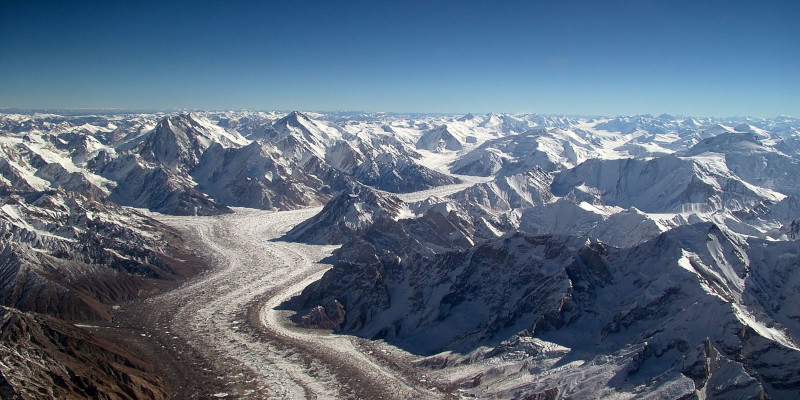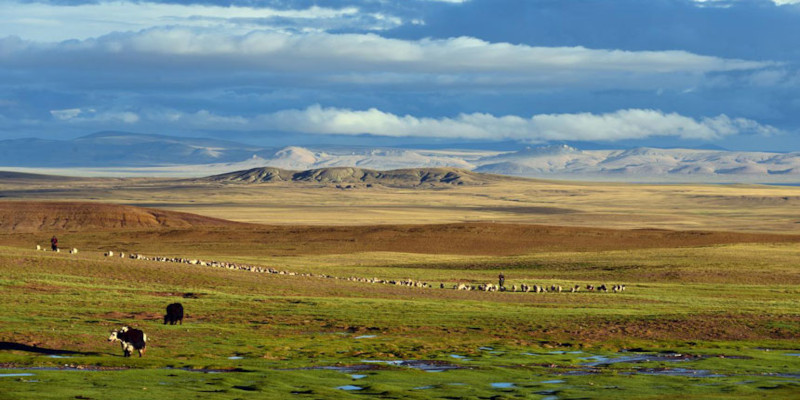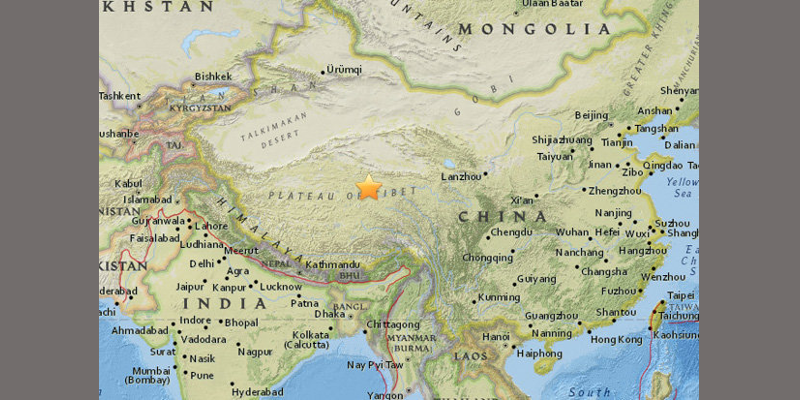Tibetan Environment
-

Evidence for Glaciation Prior to the MIS-6 in Southeastern Tibet
Southeastern Tibet is one of the most glaciated parts of the Tibetan Plateau, both now and in the past. The development of a provisional chronology of Quaternary glacial cycles in this area has been made possible by numerical dating of glacial deposits, with the oldest glaciation (Guxiang Glaciation) occurring in marine oxygen isotope stage 6.…
-

The Tibetan Plateau will Warm Quicker than Expected
In recent decades, the Tibetan Plateau, also known as “the roof of the earth,” has warmed faster than the global average. Human activities, especially greenhouse gas emissions, are to blame for the Tibetan Plateau’s warming since the 1960s. Furthermore, according to a study recently published in Environmental Research Letters, the Plateau could warm faster in…
-

Tibet’s Unique Geography and its Importance for the Region
Tibet was recently shaken by tremors on 2nd August at about 2 am in the early morning. Fortunately no casualties were reported and no one was hurt. Earlier this month, Scientists had warned that the mantle – the thick layer under the Earth’s surface – had cracked beneath Tibet. The Indian plate is sub-ducting underneath the Eurasian Plate and…
